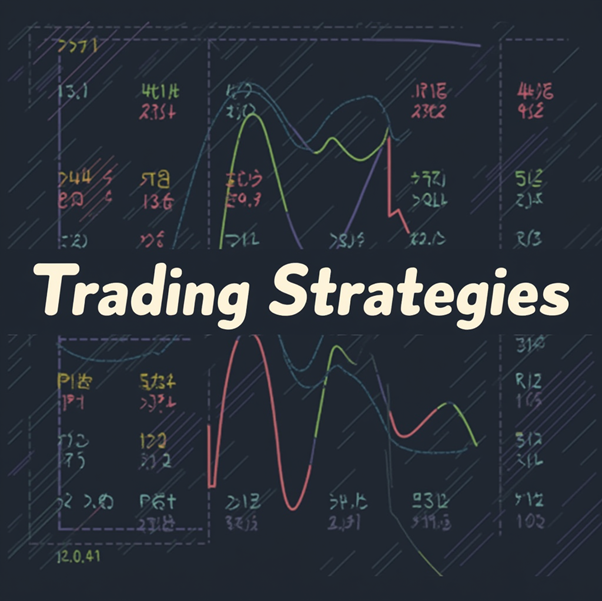Category: Uncategorized
-

Medical technologies — devices, software, diagnostics and care platforms— diagnose, monitor, treat and manage health conditions. The purpose of this guide is to give investors, traders and allocators a finance-first framework for evaluating healthtech and medtech from the earliest stage of startups all the way to later private rounds, and public companies. Why This Topic…
-

The Pattern Day Trader (PDT) rule is a regulatory restriction imposed on stock traders who frequently engage in intraday trading using margin accounts. However, forex traders are not subject to PDT rules due to the fundamental differences between the forex and stock markets. This distinction allows forex traders greater flexibility in executing trades without concerns…
-

Hedging in forex is a common risk management strategy that allows traders to offset potential losses by taking opposing positions in currency pairs. However, while this practice is widely used by institutional and retail traders, it is not legal in all jurisdictions. Regulations vary depending on the country, and traders should understand the restrictions before…
-

Introduction to Support and Resistance Definition of Support and Resistance Support and resistance are fundamental concepts in technical analysis, representing price levels where market trends tend to pause or reverse. These levels are not fixed points but zones where price action often reacts. Importance in Technical Analysis Support and resistance help traders make informed decisions…
-

Understanding how to interpret a trade size chart is essential for traders looking to gauge market activity and price trends effectively. While the term “trade size chart” is not commonly used in financial analysis, related concepts such as trading volume analysis and Point and Figure (P&F) charts play a crucial role in evaluating market conditions.…
-

Understanding Crypto Trading and Its Role in the Market A crypto trader actively buys and sells digital assets to profit from price movements in the cryptocurrency market. Unlike long-term investors, traders focus on short-term fluctuations, using strategies that range from quick scalping trades to leveraged futures contracts. While investing typically involves holding assets for months…
